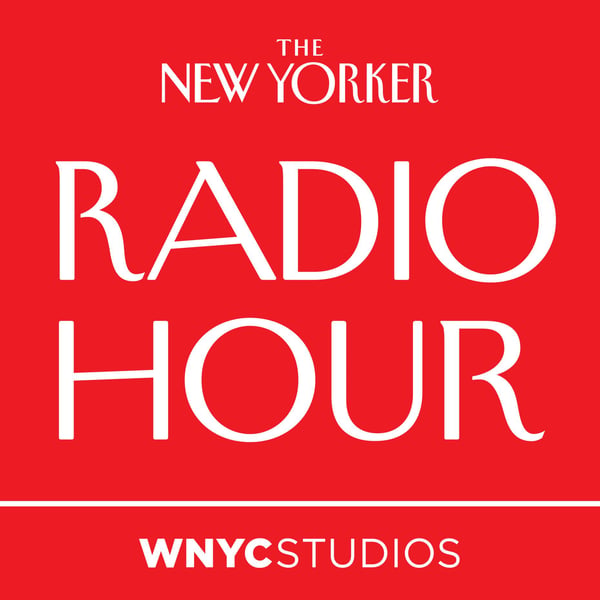Israel on the Brink: Understanding the Judicial Overhaul, and the Protests Against It
The New Yorker Radio Hour
WNYC Studios and The New Yorker
4.2 • 5.5K Ratings
🗓️ 7 April 2023
⏱️ 32 minutes
🧾️ Download transcript
Summary
Prime Minister Benjamin Netanyahu’s proposed law changing the judiciary is described as a reform. To opponents, it’s a move to gut the independence of the Supreme Court as a check on executive power—and a move from the playbook of autocrats like Hungary’s Viktor Orbán. The protests that followed are the largest in the country’s history, and are now stretching into their third month. Ruth Margalit, who is based in Tel Aviv, covered the protests for The New Yorker, and she tells David Remnick that the strength and success of the protests so far has brought a sense of hope for many who were losing faith in the country’s political future. “I think there is a sign of optimism. There is this potential for a kind of political realignment,” she says. “I do have some friends who were thinking of leaving and suddenly are saying, ‘Well, let’s just see how this plays out.’ And they suddenly feel that they have a role.” Remnick also speaks with Margalit’s father, the political philosopher Avishai Margalit, about demographic and cultural factors driving Israeli politics. The nation has been moving to the right probably since the failure of the Oslo peace accords in the nineteen-nineties, but “the new element,” Avishai thinks, “is the strong fusion of religion and nationalism,” elements that were once kept separate in Israel. “The current government is utterly dependent on the votes of the religious and the ultra-religious,” he says. The big unknown, Ruth says, is whether the popular uprising will expand beyond the judicial reforms. “Let’s say the fight over democracy is won—what happens then?” she says. “Can we branch out this fight over democracy? Can it include the West Bank and bring an end to the occupation?”
Transcript
Click on a timestamp to play from that location
| 0:00.0 | This is The New Yorker Radio Hour, a co-production of WNYC Studios and The New Yorker. |
| 0:12.5 | Welcome to The New Yorker Radio Hour, I'm David Remnick. |
| 0:15.9 | A quarter century ago I wrote a profile in The New Yorker of Benjamin Netanyahu. |
| 0:21.4 | He was just a couple of years into his very long tenure as his real prime minister. |
| 0:27.2 | As the head of the conservative LeCoude party Netanyahu had always seemed to me was influenced |
| 0:31.2 | by the politics and the communication skills of Ronald Reagan. |
| 0:36.3 | And he was tacking between the very hard-line politics that had formed him from his family |
| 0:41.1 | and onward, and the pragmatic realities of holding on to power. |
| 0:46.8 | And he was absolutely determined to put an end to the peace process with the Palestinians. |
| 0:52.8 | But what I don't think anybody anticipated was that a generation later, Netanyahu, |
| 0:57.6 | would again be in power and that democracy itself would be in question. |
| 1:02.4 | He's pushed a change to the political system that has brought hundreds of thousands of protesters |
| 1:07.9 | to the streets. And they fear that Israel is on the brink of becoming an autocracy, |
| 1:13.6 | in the mold of Hungary or Poland. |
| 1:16.6 | So this is a very complex subject and today I want to dig into it to go in depth with two |
| 1:23.4 | very prominent Israeli writers who are, in fact, family. The journalist Ruth Margulite, |
| 1:29.6 | who's written for The New Yorker and lives in Tel Aviv, and her father, the philosopher Abyssa |
| 1:34.9 | Margulite. Abyssa I taught at the Hebrew University of Jerusalem in it, Princeton. |
| 1:40.3 | And when I went on my many reporting trips to Israel, Abyssa I was frequently my first stop. |
| 1:46.3 | We spoke last week. |
| 1:51.2 | So let's bear down on what this debate is about. The term judicial reform kind of sounds like a, |
| 2:00.0 | I don't know, a technocratic subject for political science majors, but it's |
... |
Please login to see the full transcript.
Disclaimer: The podcast and artwork embedded on this page are from WNYC Studios and The New Yorker, and are the property of its owner and not affiliated with or endorsed by Tapesearch.
Generated transcripts are the property of WNYC Studios and The New Yorker and are distributed freely under the Fair Use doctrine. Transcripts generated by Tapesearch are not guaranteed to be accurate.
Copyright © Tapesearch 2025.

